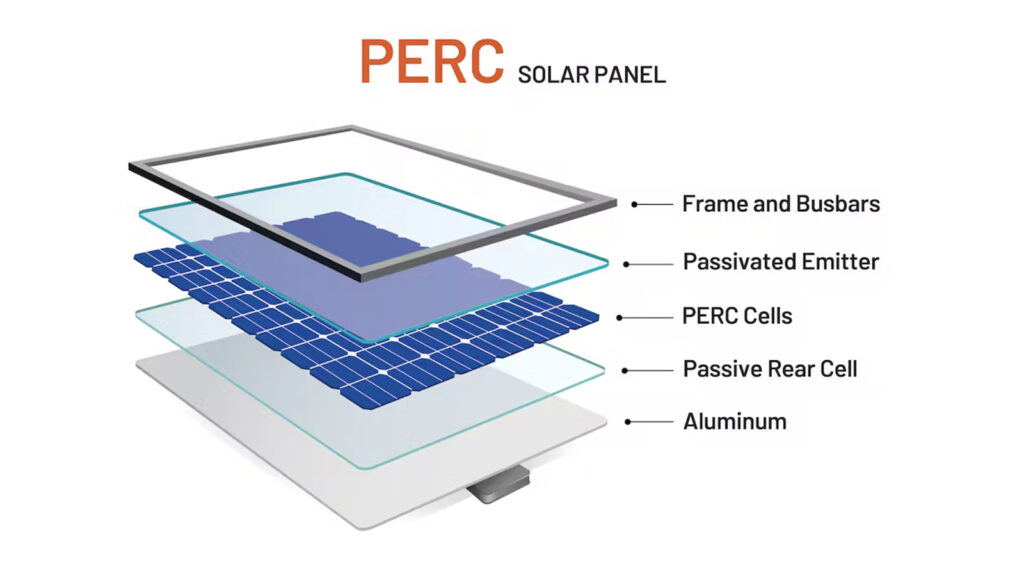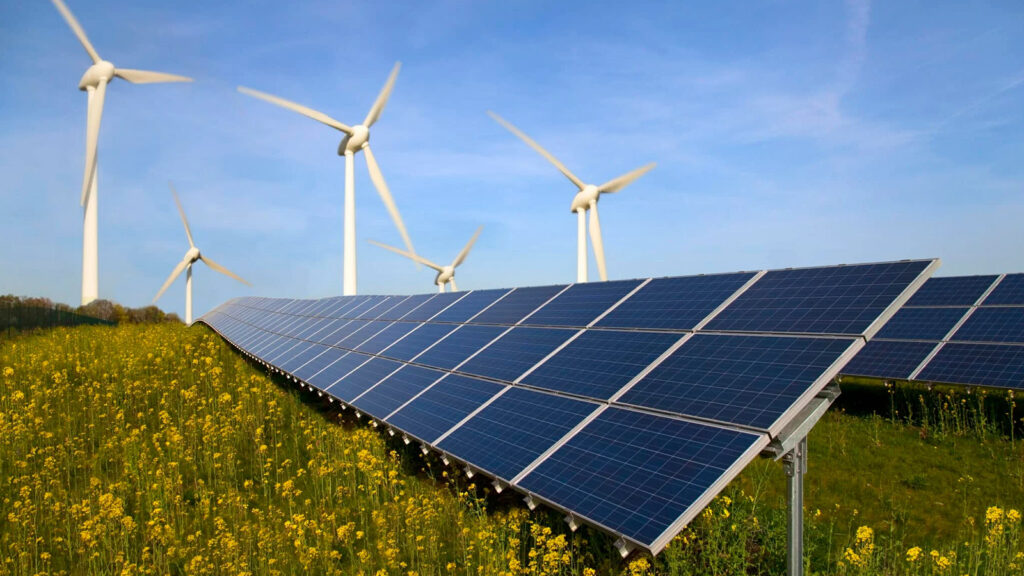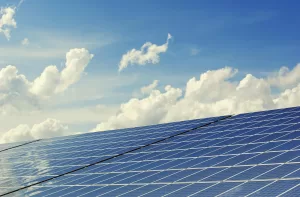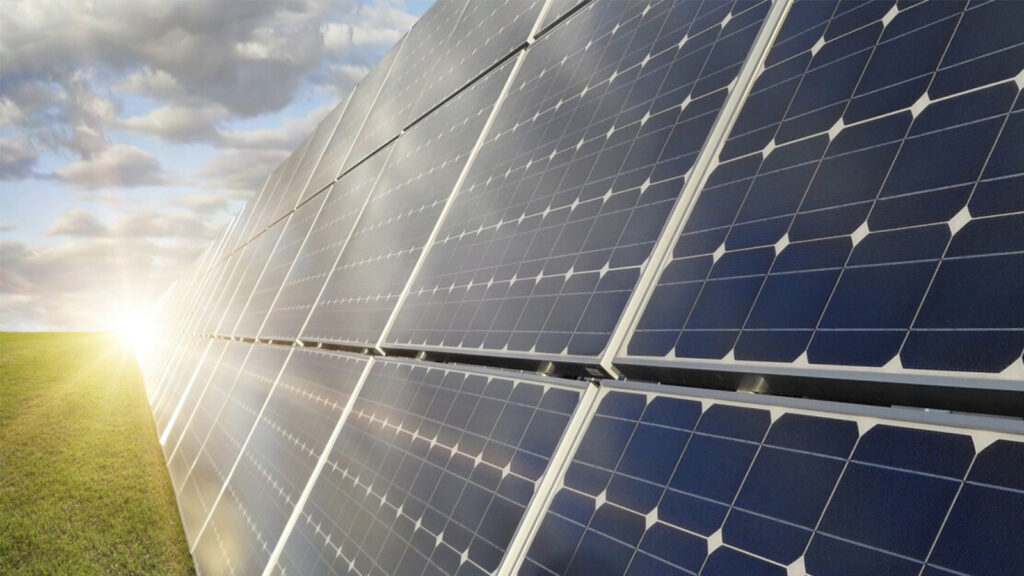Solar power has rocketed to the forefront of the global quest for a sustainable future. Photovoltaic (PV) systems are gaining traction as society increasingly places emphasis on harnessing renewable energy. These ingenious devices have become sustainable energy darlings, capturing hearts with their remarkable ability to convert sunlight into clean, usable electricity. In this dynamic blueprint for solar development, an advanced technology emerges: passivated emitter and rear cell (PERC) technology.

What is PERC Technology?
Passivated Emitter and Rear Cell (PERC) technology is a breakthrough innovation in solar panel design that significantly enhances the conversion efficiency of solar cells. Traditionally, solar cells consist of a front surface that captures sunlight and a rear surface that reflects unabsorbed light. PERC technology optimizes the rear surface of the cell to reduce the loss of valuable solar energy.

How does PERC technology work?
PERC technology operates by adding a passivation layer to the rear surface of the solar cell. This layer mitigates electron recombination, a phenomenon that hampers the efficiency of solar cells. By reducing the recombination of electrons, PERC technology increases the amount of energy converted from sunlight, resulting in higher overall efficiency.

Why Many People Choose PERC Technology?
a) Enhanced Efficiency:
Harnessing the power of PERC technology, solar panels soar to new heights of conversion efficiency, effortlessly surpassing the 20% threshold. This breakthrough ensures a radiant transformation of sunlight into abundant, usable electricity, allowing the panels to unleash their full potential and magnify the energy output.
b) Improved Low-Light Performance:
Within the realm of low-light conditions, PERC technology reigns supreme, unveiling its unparalleled performance. Like a steadfast luminary amidst clouds and shadows, it grants solar panels a remarkable advantage in regions where direct sunlight is scarce or on gloomy, overcast days. Through its ingenious design, it unlocks the door to heightened efficiency, paving the way for optimal energy generation.
c) Temperature Tolerance:
Embodying a resolute resistance to the whims of temperature, PERC technology boldly defies the constraints of conventional solar panels. Even amidst sweltering climates, it stands unwavering, preserving its High-Efficiency levels with unwavering strength. This formidable trait ensures an unwavering flow of electricity, making it an indispensable asset in warmer regions, where the sun’s fiery embrace is a constant companion.
d) Cost-Effectiveness:
A symphony of cutting-edge innovation and cost-conscious engineering, PERC technology has emerged as an exquisite embodiment of affordability. In the ever-evolving solar landscape, its ascent has been accompanied by a harmonious marriage of advanced features and cost-competitiveness. As its popularity spreads like wildfire, transforming PERC technology into an irresistible choice for residential and commercial solar installations alike.

What are the applications and prospects of PERC technology?
PERC technology has found applications in a wide range of solar energy systems. From large-scale solar farms to rooftop installations, its enhanced efficiency and adaptability make it suitable for various settings. Moreover, ongoing research and development are focused on improving PERC technology, with efforts to increase efficiency, reduce production costs, and enhance overall performance.

PERC Technology’s Path to a Sustainable Future:
The adoption of PERC technology contributes to the global transition towards clean energy and a sustainable future. By maximizing the energy output of solar panels, PERC technology enables a more efficient utilization of resources, reduces dependence on fossil fuels, and helps mitigate climate change.
Passivated Emitter and Rear Cell (PERC) technology has revolutionized the solar energy industry, boosting the efficiency and performance of solar panels. Its ability to increase energy conversion, enhance low-light performance, and withstand high temperatures positions PERC as a promising technology for harnessing the power of the sun. With ongoing advancements and cost reductions, PERC technology paves the way for a brighter and greener future powered by clean and renewable energy.
Since 2008, Maysun Solar has been focusing on the production of various photovoltaic modules, and we provide a series of glass modules using PERC technology for you to choose.
Choose Maysun Solar because we have high-quality solar panel technology to meet your needs, please contact us and create a green future together!

Which solar modules perform better under high summer temperatures?
Can high summer temperatures reduce the power generation efficiency of solar modules? This article compares the performance of HJT, TOPCon, and IBC modules under high temperatures to help you make informed choices and optimize your return on investment.

Structural Risks and Component Adaptation Strategies for Commercial PV Deployment under Extreme Weather Conditions
A comprehensive analysis of the structural risks and component configuration strategies for commercial and industrial PV systems under extreme weather conditions, helping businesses enhance system stability and long-term energy yield.

How Can Photovoltaics Help Businesses Cut Peak Electricity Costs During Summer Price Spikes?
How Can Businesses Use Photovoltaic Systems to Address Summer Electricity Price Peaks? This article provides cost-saving calculations, suitability conditions, and technical selection recommendations.

How to Detect Hotspots and PID Effects in PV Modules to Prevent Long-Term Losses?
How to identify and respond to hotspots and PID effects in PV modules? This article focuses on the European market, combining detection technologies, real-world cases, and protection strategies to provide developers and investors with reliable loss warnings and yield protection solutions.

How to Choose the Most Suitable Solar Panels for Commercial and Industrial Use in 2025
How can commercial and industrial projects choose the right solar panels in 2025?
This article provides a systematic comparison of mainstream panel types such as TOPCon, HJT, and IBC, analyzing their advantages, disadvantages, and suitable applications. It aims to help businesses make accurate selections based on specific project conditions, thereby improving long-term energy output and return on investment.

After the Iberian Blackout How Can Enterprises Reshape Their Energy Security Systems
The 2025 Iberian blackout drew widespread attention across Europe. This article analyzes grid vulnerability, enterprise energy risks, and the deployment path of “solar + storage + EMS” systems to help businesses build a controllable and secure energy structure.



